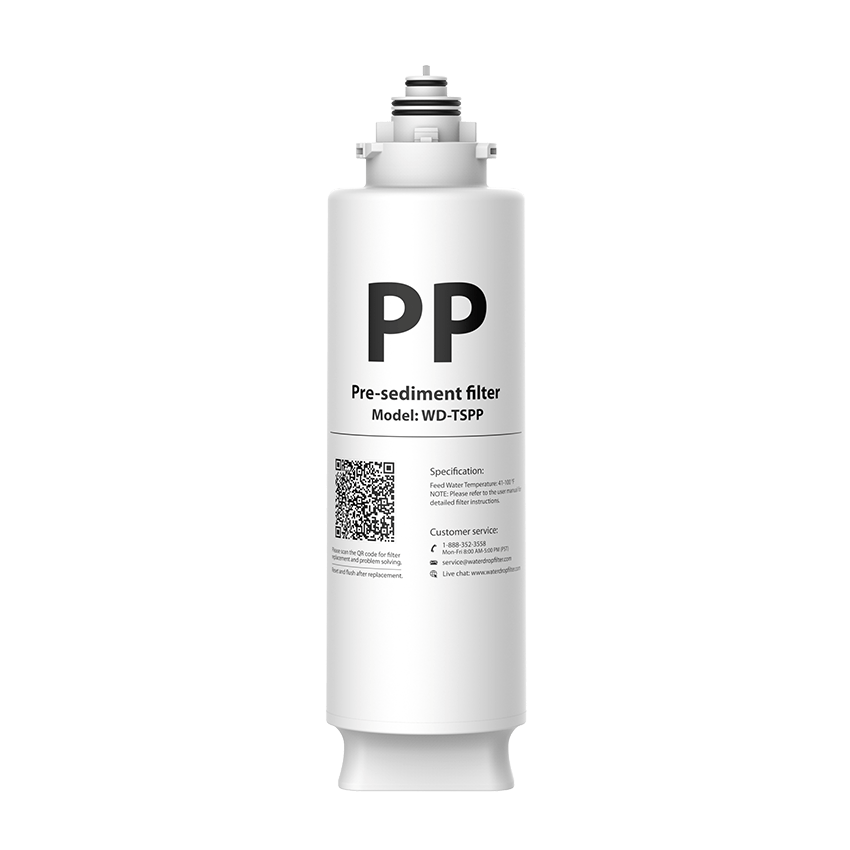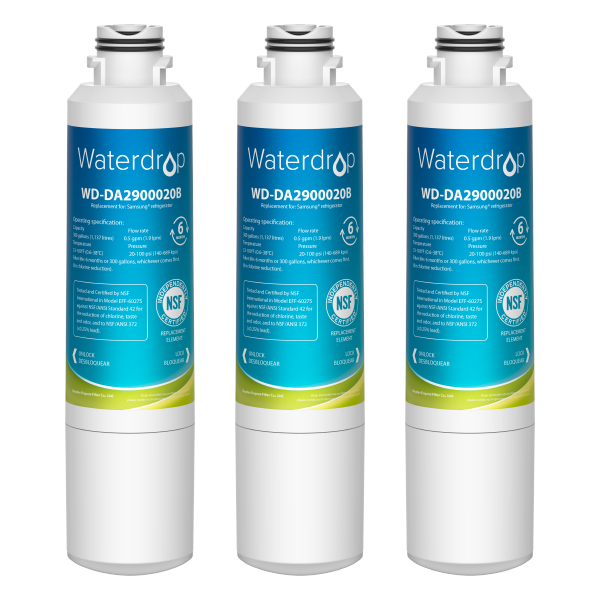What Level of Arsenic in Water Is Dangerous?
by Dr. Jonathan Doyle - Updated February 10, 2025
Arsenic in drinking water is a concern that often flies under the radar, but it’s a critical issue, especially for residents in rural and remote areas of
Australia. Arsenic, a naturally occurring element found in the earth’s crust, can make its way into drinking water sources, potentially posing serious
health risks. Understanding what levels of arsenic in water are dangerous can help ensure the safety and well-being of your family and community.
In this guide, we’ll break down what arsenic is, how it gets into water, and the specific arsenic levels that Australians should be cautious about. Whether
you’re a homeowner, business owner, or just someone who wants to ensure the safety of their drinking water, this article will provide clear and actionable
information.
What Is Arsenic and How Does It Enter Drinking Water?
Arsenic is a naturally occurring metalloid found in soil, rock, and water. It
can enter water supplies in various ways, most commonly through the natural breakdown of rocks containing arsenic minerals. However, human activities like
mining, industrial waste disposal, and agricultural practices can also increase arsenic levels in water.

Common Sources of Arsenic Contamination in Australia
- Mining Activities : Areas near mining operations, particularly gold and coal mining, are more likely to experience arsenic contamination.
- Agriculture : Arsenic compounds were historically used in pesticides and herbicides, which can contaminate local water supplies when washed into the ground.
- Industrial Discharges : Manufacturing processes can introduce arsenic into nearby water bodies.
- Natural Geological Sources : Arsenic-rich rocks can release arsenic into groundwater, particularly in areas with high concentrations of this element.
While the presence of arsenic in water is more common in specific areas, it’s crucial to be aware of the potential risks wherever you live.
What Is the Safe Level of Arsenic in Water?
The Australian Drinking Water Guidelines (ADWG) set out
the maximum allowable concentration of contaminants, including arsenic, in public water supplies. According to the ADWG, the safe limit for arsenic in
drinking water is0.01 milligrams per litre (mg/L), which is the equivalent of10 micrograms per litre (µg/L).This is in line with the standards set by
internationalorganizations, such as the World Health Organization (WHO).
Why Is Arsenic Dangerous?
Even in small concentrations, arsenic can pose serious health risks, especially if consumed over a long period. The risk increases if the water is consumed
by young children, pregnant women, or people withpre-existhealth conditions. Arsenic is a known carcinogen, meaning it can increase the risk of developing
certain types of cancer, particularly skin, bladder, and lung cancers.

Other health issues related to long-term exposure to high arsenic levels include:
- Skin Lesions : Chronic exposure can causedis-colourationof the skin, warts , and other skin issues.
- Cardiovascular Disease : High levels of arsenic exposure may increase the risk of heart disease.
- Diabetes : Long-term exposure has been linked to an increased risk of Type 2 diabetes.
- Neurological Effects : Children exposed to high levels of arsenic may experience cognitive and developmental issues.
- Respiratory Issues : Arsenic can affect lung function over time, particularly in individuals who are exposed to high levels.
How Can You Detect Arsenic in Water?
Arsenic is tasteless, odourless, and colourless, which makes it difficult to detect without proper testing. The only way to determine if your water is
contaminated with arsenic is by conducting a water quality test. In Australia, you can contact local water authorities or independent laboratories to have
your water tested for arsenic and other potential contaminants.
What Are the Symptoms of Arsenic Poisoning?
In the case of short-term exposure to high arsenic levels, symptoms can be more immediate and include:
- Nausea and Vomiting
- Diarrhoea
- Abdominal Pain
- Headaches
- Fatigue

These symptoms may not always be obvious, and they can be mistaken for other illnesses. Long-term arsenic exposure is more dangerous and can lead to severe
health problems that might not show up until years later.
Arsenic in Water: Is Your Water Safe?
If you’re concerned about arsenic contamination in your drinking water, there are several steps you can take to assess the situation.
Check Your Water Supply
In Australia, most urban areas are supplied with water that meets the Australian Drinking Water Guidelines. However, rural and remote areas may have private
water sources, such as bore water or rainwater tanks, that are more vulnerable to arsenic contamination.
Have Your Water Tested
If you live in an area where arsenic contamination is a concern or if you’re unsure about the quality of your water, it’s best to have it tested by an
accredited laboratory. This test will determine the exact levels of arsenic in your water supply.

Install Water Filtration Systems
If your water tests show arsenic levels above the safe limit, installing a water filtration system is a viable solution. Some systems, such as
reverse osmosis or activated alumina filters, are
specifically designed to remove arsenic from drinking water.
Consider Alternative Water Sources
In areas where arsenic contamination is persistent and severe, it may be necessary to consider alternative water sources. This could involve using bottled
water for drinking or setting up a new water collection system like rainwater harvesting.
What to Do If You Have Arsenic in Your Water
If your water has arsenic levels above the safe limit, you have several options for addressing the issue. Here’s what you can do:
Treat Your Water
- Reverse Osmosis (RO) : This filtration method is effective at removing arsenic from drinking water.
- Activated Alumina Filters : These filters can be installed in household water systems to reduce arsenic levels.
- Distillation Systems : This method involves boiling the water and then condensing the steam, which can also help to remove arsenic.

Contact Local Authorities
If you suspect that the arsenic contamination is widespread in your area, contact your local water authority for advice. They may be able to provide
information about community water testing and any actions being taken to address the issue.
Conclusion
Arsenic contamination in drinking water is a serious issue that can have significant health consequences, particularly for those living in rural and
regional areas of Australia. It’s essential to understand the safe levels of arsenic and take action if your water supply exceeds the recommended
guidelines. Regular water testing, proper filtration, and alternative water sources can help mitigate the risks associated with arsenic contamination.
By staying informed about the risks and solutions, you can ensure that your drinking water remains safe and healthy for you and your family.
Contaminants Detected in Fruitland Water Special Service District
30
Contaminants
EXCEED EWG HEALTH GUIDELINES
EXCEED EWG HEALTH GUIDELINES
30 Total Contaminants in Your Water
Water Provider
Fruitland Water Special Service DistrictPopulation Affected
120,000Water Source
Ground waterExceeds Guidelines
Others Detected









